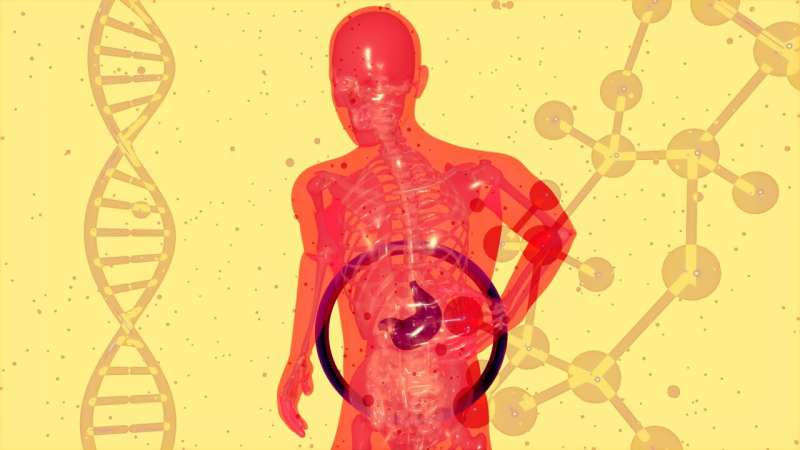Psychiatric Medication Use Associated with Increased Risk and Accelerated Progression of ALS

A Swedish study links the use of common psychiatric medications to an increased risk of ALS and faster disease progression, suggesting early psychiatric symptoms may be related to ALS development.
Recent research from Sweden has revealed that the use of common psychiatric medications—such as anxiolytics (anti-anxiety drugs), hypnotics and sedatives, and antidepressants—is linked to a heightened risk of developing amyotrophic lateral sclerosis (ALS), as well as worse outcomes following diagnosis. A nationwide study led by Karolinska Institutet analyzed health data spanning from 2015 to 2023, including over a thousand ALS cases and thousands of controls, along with sibling and spousal comparisons.
The study found that individuals prescribed anxiolytics had a 34% increased likelihood of being diagnosed with ALS. Hypnotics and sedatives were associated with a 21% increased risk, and antidepressants correlated with a 26% increase. Notably, patients who were already diagnosed with ALS and had a history of using these medications faced a 52% higher risk of death or invasive ventilation. The hazard was even higher for antidepressant users, who had a 72% increased risk.
Furthermore, prediagnostic use of antidepressants was linked to a faster decline in functional ability, as measured by ALS functional rating scales. The researchers suggest that these findings might reflect a complex relationship where psychiatric symptoms or disorders could either be early signs of ALS or share underlying mechanisms with motor neuron degeneration. Possible biological factors such as dysregulation of the hypothalamic-pituitary-adrenal axis, neuroinflammation, and glial activation are areas identified for further investigation.
The study underscores the importance of carefully monitoring psychiatric medication use among populations at risk and considering the potential implications for ALS development and progression. While the findings do not establish causality, they highlight a significant association that warrants further scientific exploration—possibly illuminating new insights into ALS pathology and early detection strategies.
Stay Updated with Mia's Feed
Get the latest health & wellness insights delivered straight to your inbox.
Related Articles
Unique Microbial Signature Identified in Colorectal Cancer Through DNA Analysis
A pioneering study has uncovered a unique microbial fingerprint in colorectal cancer using DNA analysis, opening new avenues for diagnosis and personalized treatment. Source: https://medicalxpress.com/news/2025-09-dna-analysis-colorectal-cancer-unique.html
Advances in Personalized Management of Chronic Kidney Disease Through Biomarker Research
New research unveils promising biomarkers that could enhance personalized treatment strategies for chronic kidney disease, aiming to improve prognostics and patient outcomes.
The Impact of Iron Levels on Brain Degeneration in Down Syndrome-Related Alzheimer's Disease
Emerging research reveals that increased brain iron levels may accelerate cellular damage and Alzheimer's development in individuals with Down syndrome, highlighting new therapeutic possibilities.
Scientists Discover Protein That Enables Liver Cancer to Survive Heat Treatment
Research identifies Galectin-1 as a key protein that helps liver cancer resist heat-based treatments, opening new avenues for improving ablation efficacy and reducing recurrence in liver cancer patients.



